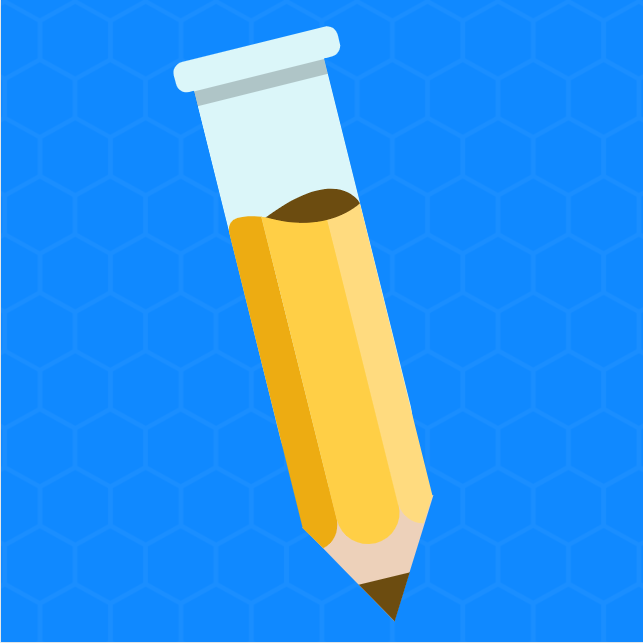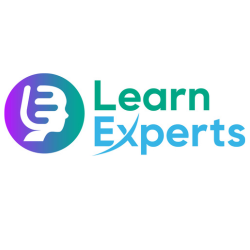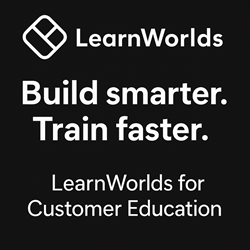This episode is a rebroadcast of an interview hosted by Nikki Engel of Northpass with Adam Avramescu where Adam shares the tale of why you need a Customer Education program. If your company is on the fence about the value of a Customer Education program, make sure you share this episode with them!
When companies start their first customer academies and education programs, they’re often filled with boring and irrelevant material that doesn’t resonate with customers, and doesn’t really help them get on board. Why is this? Matt Mulholland from Miro has a theory and shares his hypotheses based on his work as a CSM and customer educator responsible for building Miro’s academy programs.
In our last episode, we talked about Certifications can become a huge pillar of your Customer Education program, so they can be daunting to think about. How do you think about building the right certification program for your business? That’s what we’ll talk about in this episode.
Certifications can become a huge pillar of your Customer Education program, so they can be daunting to think about. How do you think about building the right certification program for your business? That’s what we’ll talk about in this episode.
In this episode, Adam covers fundamental instructional theories that Customer Education professionals use, starting with the Kirpatrick Model, named for Dr. Donald Kirpatrick (1924 – 2014), used to evaluate the outcomes and effectiveness of training.
We like to say that Customer Education is the Scale Engine of Customer Success, but the reality is that many CS teams put little attention on Education. In this episode of CELab, Donna Weber shares her thoughts on how Customer Education can make an incredible impact on your customers. Listen in to learn how you can take the next steps to building scalable education programs – and why it matters to your bottom line!
In this episode we talk about how you, as a Customer Education professional, can and should collaborate with others. It could be your L&D team, Sales or Customer Success Enablement, or even training professionals like you at other companies!
In this episode we take a question from the Customer Education Slack Channel. What is the best way to deliver different modules and content for a program? Do you focus on video lectures with “talking heads”? Do we use slides, screencasts, or something else entirely? Join us as we share some experiences
What does it take to start over as a Customer Education leader? Not necessarily for those in their first role in Customer Education like we often focus on in this podcast, but what should you be thinking about if you leave your successful Customer Education team to start or lead another? It takes a balance of leaning on your previous accomplishments and expertise with listening to your business and innovating.
“Getting Over It With Bennett Foddy”, the audio clip for which we mention, is an amazing game and you should play it! You can find out how through the author’s website.

We recorded this episode after both Dave and Adam moved into new roles as Customer Education leaders. Between the previous episodes and this one, both co-hosts began building and leading new Customer Education teams.
We’ve started new stages of our journeys, which makes this a good time to reflect and to think about something that most Customer Education leaders will have to think about in their lives: starting over.
Continue reading →With this episode, we again take a break from our normal format to bring you the second of a two-part presentation that was given at the Bay Area Customer Education Meetup on January 31st, 2019.
Here, join Isabel Swartz as she talks about Data Driven Decision Making for Customer Education Leaders … like her!



